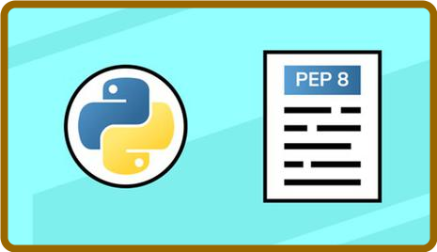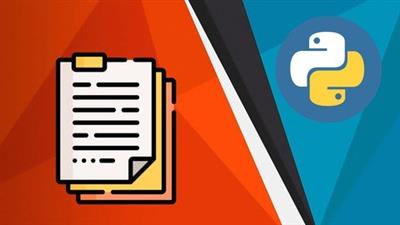
Packt – PEP8 Guidelines Python Clean Coding
Posted on 03 Mar 19:55 | by AD-TEAM | 8 views

PEP8 Guidelines Python Clean Coding
English | Tutorial | Size: 3.04 GB
The PEP 8 document provides guidelines and best practices on how to write Python code. If you follow PEP 8, you can be sure that you have named your variables well. You will know that you have added enough whitespace so it's easier to follow logical steps in your code. You will also have commented on your code well. All this will mean your code is more readable and easier to come back to. As a beginner, following the rules of PEP 8 can make learning Python a much more pleasant task.
We will start by installing Python and PyCharm on our systems followed by understanding the basics of Python. We will cover core concepts such as objects and data types. You will learn to take inputs from the user, and understand arithmetic and logical operations as well as loops in Python. You will learn about PEP8 code layout as well as PEP 8 imports and dunder names. You will also understand string quotes, whitespace in functions, and logical operation.
Lastly, you will learn about programming recommendations and create two practice projects to help you get familiar with the topics covered. By the end of the course, you will be able to develop full-scale professional Python projects.
What You Will Learn
Learn the best clean code practices in Python
Develop full scale professional Python projects
Write Python code that conforms to PEP 8
Learn about exceptions, global and local variables
Learn about arithmetic and logical operations
Audience
This course can be taken by Software Engineers that wish to improve their coding efficiency. It can also be taken by computer science students that want to code professionally and anyone with a desire to learn Python and PEP8.
A basic understanding of any programming language is needed.
About The Author
Martin Yanev: Martin Yanev is an internationally acclaimed aerospace software engineer. He holds a bachelor's degree in aeronautical engineering and a master's degree in aerospace dynamics. He is an associate member of the Royal Aeronautical Society in the United Kingdom and is ISTQB certified with solid experience in systems test and integration. He became adept at programming skills in the past seven years by developing and testing complex software algorithms for aerospace applications. He is currently involved in the Single European Sky Project, which aims to increase the European airspace capacity by applying cutting-edge air traffic management systems.

https://rapidgator.net/file/9e682ce310be68ff2752e7fdbabb485d
https://rapidgator.net/file/f00f26ef2911c39782894fbf80be4487
Related News
System Comment
Information
 Users of Visitor are not allowed to comment this publication.
Users of Visitor are not allowed to comment this publication.
Facebook Comment
Member Area
Top News



